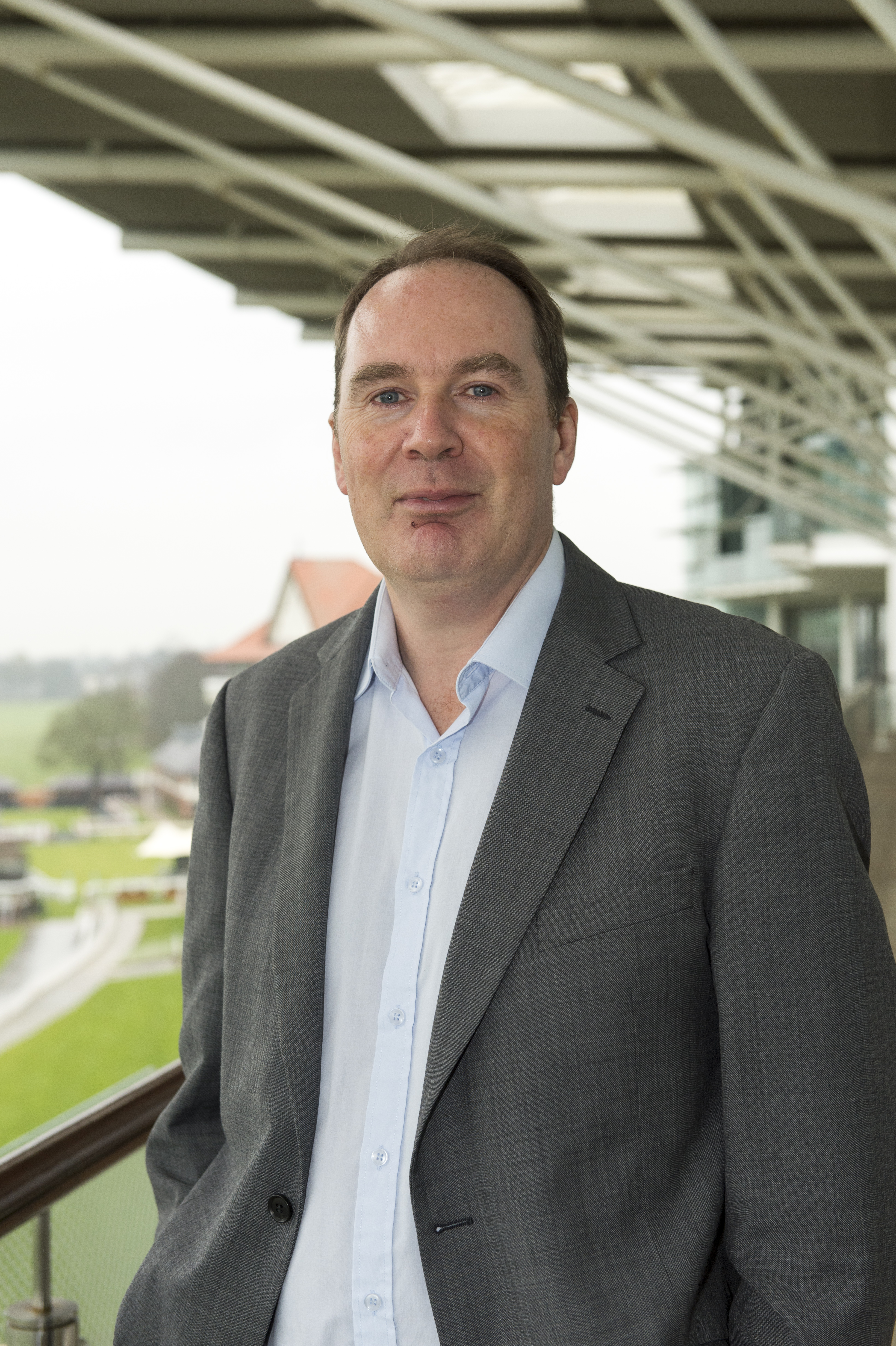Peter Cantin
 Ultrasound is one of the most dynamic and versatile tools within the medical imaging armoury.
Ultrasound is one of the most dynamic and versatile tools within the medical imaging armoury.
One of the greatest strengths of medical diagnostic ultrasound is the ability to take an ultrasound machine almost anywhere. This enables medical imaging to be performed at the bedside for the sickest patients, in operating theatres, and in the community, as well as within dedicated imaging departments.
Ultrasound requires a high degree of patient interaction, whether this is explaining obstetric scans to expectant mums and dads or being able to elicit the site of maximum pain on a surgical patient in order to arrive at a correct diagnosis.
Ultrasound can be a difficult and frustrating skill to learn to do well. To learn to perform diagnostic ultrasound takes time and effort but the pay-offs are well worth it. To watch a really experienced practitioner produce exquisitely detailed images of the human body, and to combine their interaction with the patient with the image on the ultrasound screen to provide an accurate and timely diagnosis is very satisfying.
Ultrasound technology is constantly improving. The images that can be produced with modern equipment are massively different from the grainy, fuzzy images of 20 years ago. As well as improvements in clarity of the image, there are also new technologies to help extend the scope of the examinations that we perform. We can now inject contrast into the blood stream to assess blood flow to tumours, non-invasively assess the stiffness of organs such as the liver and combine our ultrasound pictures with other imaging such as CT or MRI to perform biopsies with pinpoint accuracy.
The scope of diagnostic ultrasound is constantly growing and keeping up-to-date with new techniques and uses can be a challenge. I have been practising diagnostic ultrasound for nearly 25 years and have found it be an enormously challenging, yet satisfying career. The ability to embrace technological change as well as to work collaboratively within a number of different clinical teams are key attributes of sonographers and this is likely to continue as the scope of ultrasound continues to grow.
Peter Cantin





